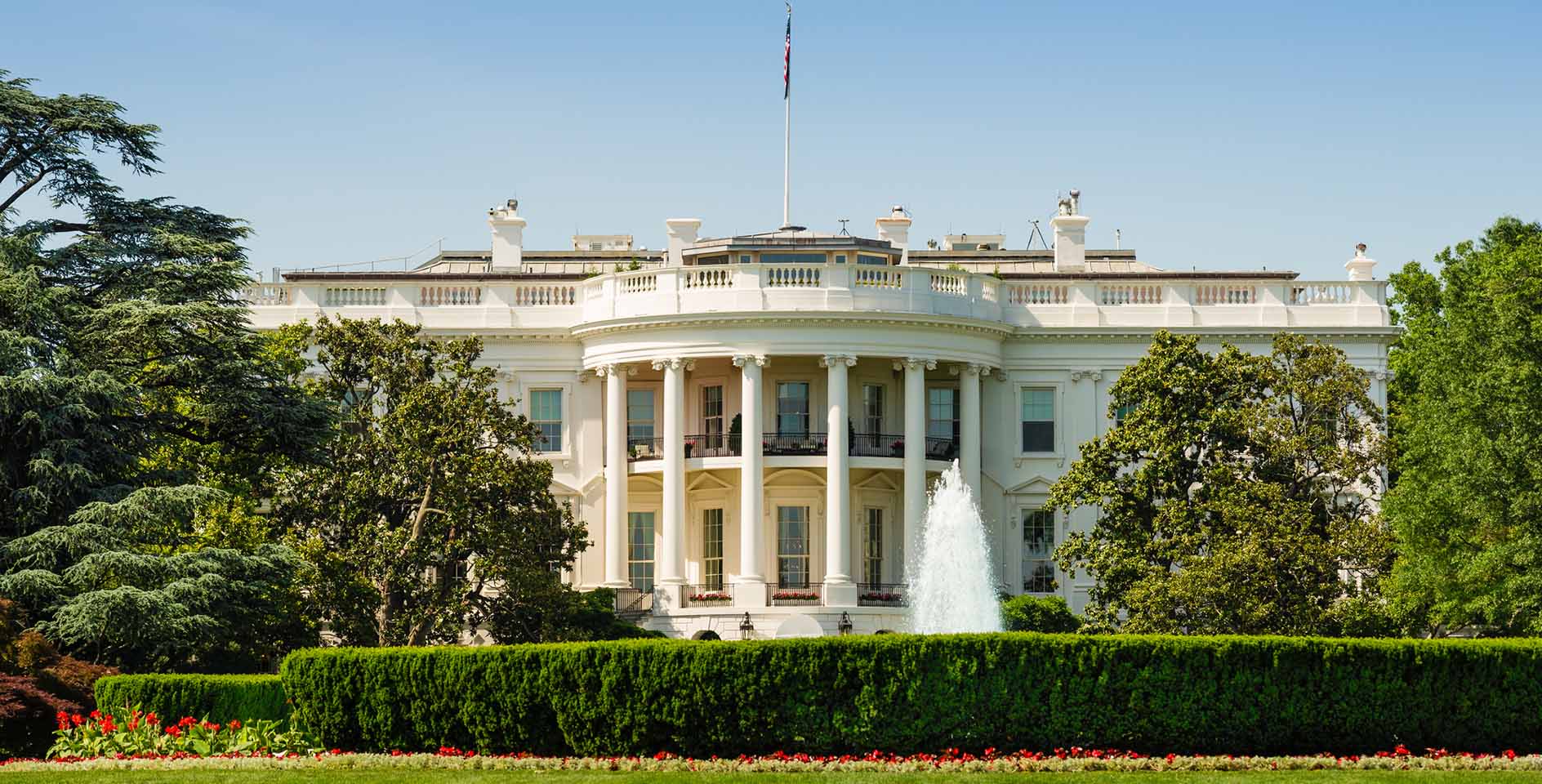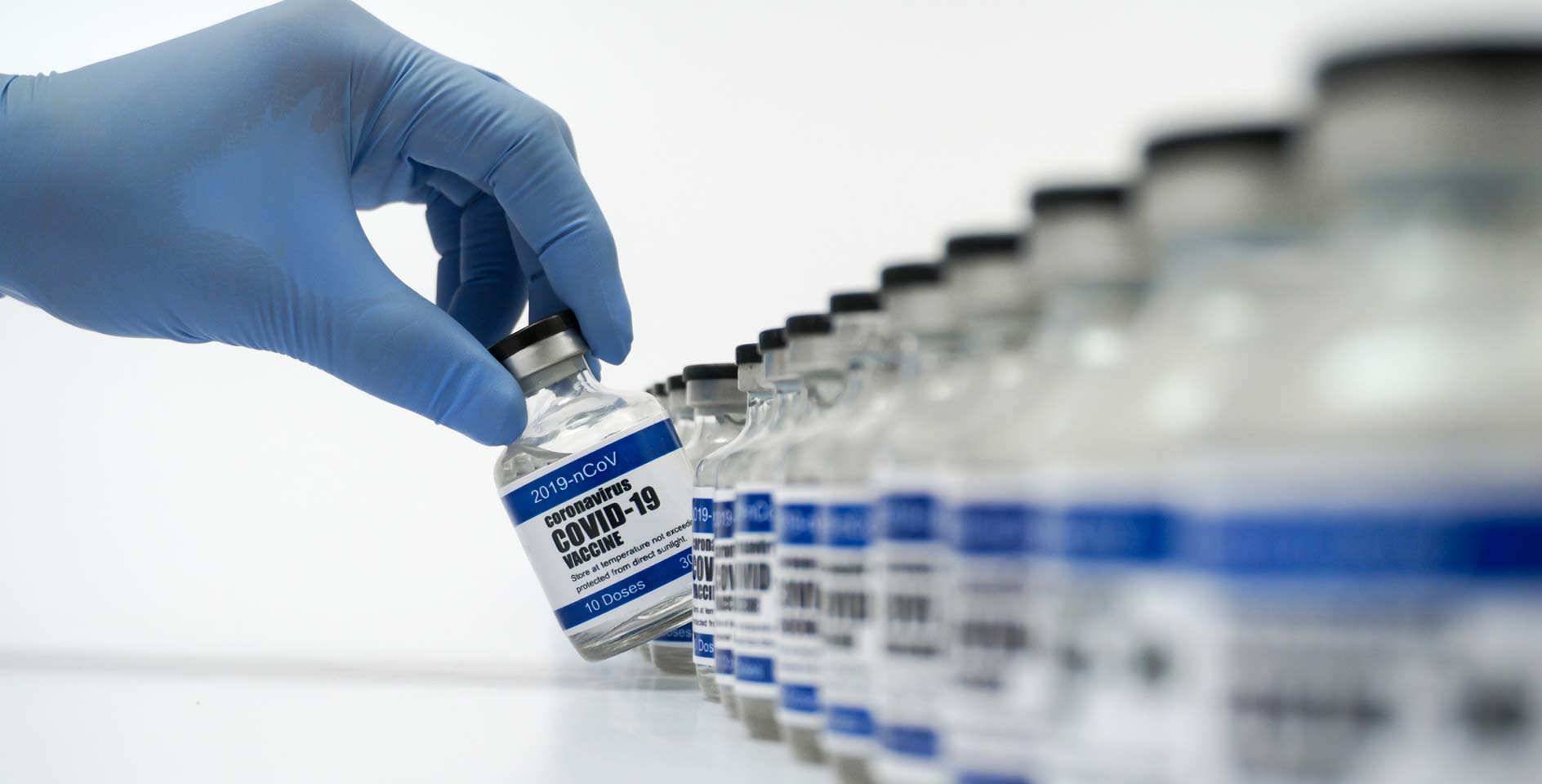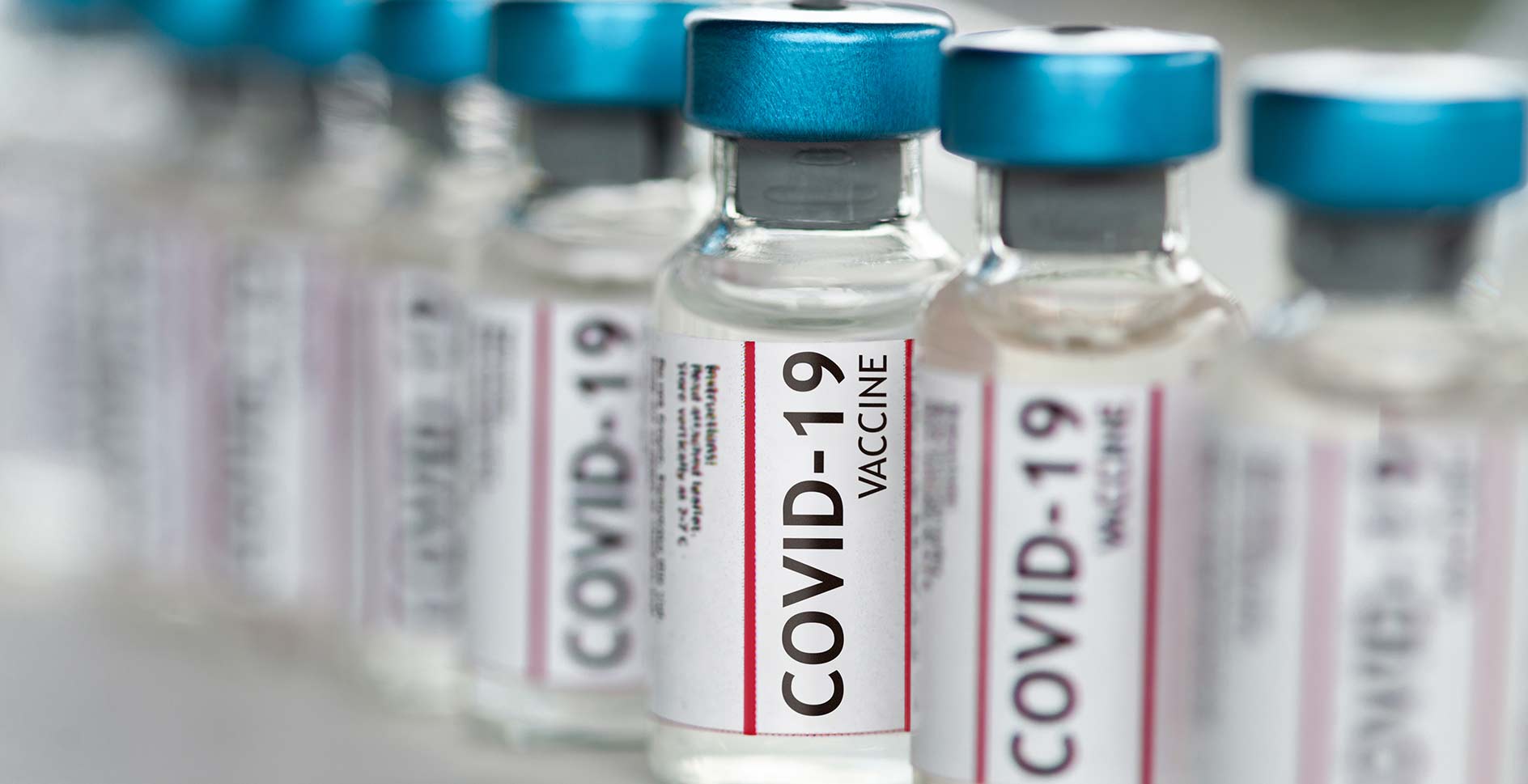This year marks the 15-year anniversary of former President George W. Bush signing the President's Emergency Plan for AIDS Relief (PEPFAR). Here are five facts you should know about this historic global health relief effort.
1. The President's Emergency Plan For AIDS Relief (PEPFAR) is a federal governmental initiative focused primarily on Africa to address the global HIV/AIDS epidemic and help save the lives of those suffering from the disease. The current budget for PEPFAR is $6.75 billion, with the total spending on the program since its inception being $72.7 billion. Since the start of PEPFAR, new HIV infections have declined between 41 percent (in Swaziland) and 76 percent (in Malawi). But as the U.S. government notes, PEPFAR has an impact beyond HIV/AIDS. As a recent report to Congress observed, PEPFAR’s investments in countries with sizable HIV/AIDS burdens have “bolstered their ability to swiftly address Ebola, avian flu, cholera, and other outbreaks, which ultimately protects America’s borders.” The program has also enhanced global health security, accelerating the progress toward a world more secure from infectious disease threats.
2. PEPFAR is widely regarded as one of the most effective and efficient foreign assistance programs in history. Before PEPFAR, as the U.S. government explains, “controlling the HIV/AIDS pandemic was unimaginable.” In many countries in Africa a diagnosis of HIV was not only a death sentence for the individual but the first stage in the impending collapse of entire families and communities. The disease was also wiping out many of the previous hard-won global health and development gains. In certain parts of sub-Saharan Africa infant mortality doubled, child mortality tripled, and life expectancy dropped by 20 years because of the pandemic. Additionally, millions of babies were becoming infected with HIV and millions of children were being orphaned by AIDS. The result is that large numbers of children were susceptible to “recruitment by negative influencers,” including for sex trafficking and as “child soldiers” (i.e., children being used for military purposes, including killing and other acts of violence).
3. In his memoir Decision Points, President Bush says that when he first took office he decided to “make confronting the scourge of AIDS in Africa a key element of my foreign policy.” He adds that he hoped that PEPFAR would “serve as a medical version of the Marshall Plan,” referring to the United State’s economic assistance to help rebuild Western European economies after the end of World War II. At the time, the United Nations was projecting that AIDS could be the worst epidemic since the bubonic plague of the Middle Ages.
4. When PEPFAR was first introduced, a contentious debate broke out about funding of abstinence-based programs. As Mark DeYoung has pointed out, Democrats in Congress were seeking condom-centered prevention, and Republicans were demanding abstinence-only programs. In the midst of it all, Uganda’s first lady, Janet Museveni, came to Washington and made a compelling case for abstinence-based programs. Congress ultimately voted to earmark $1 billion of PEPFAR for abstinence-only-until-marriage efforts. When President Obama took office, though, he kept a campaign promise to return to condom-centered efforts. In late 2008, Congress stripped PEPFAR of its abstinence-only earmark.
5. PEPFAR is estimated to have saved over 17 million lives. Since the program's inception:
• HIV testing services have been provided for nearly 95 million people.
• More than 270,000 new health care workers to deliver HIV and other health services have been trained.
• Critical care and support has been provided for more than 6.8 million orphans, vulnerable children, and their caregivers to mitigate the physical, emotional, and economic impact of HIV/AIDS.
• Lifesaving antiretroviral treatment for more than 14.6 million people, including for more than 700,000 children.
• More than 2.4 million babies of HIV-infected mothers to be born HIV-free.







